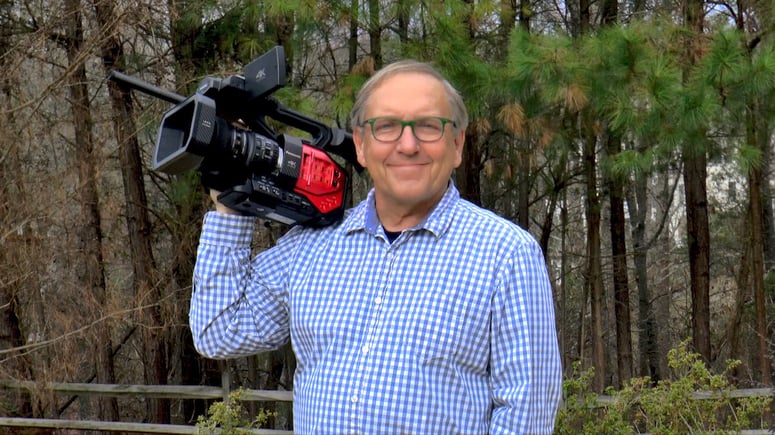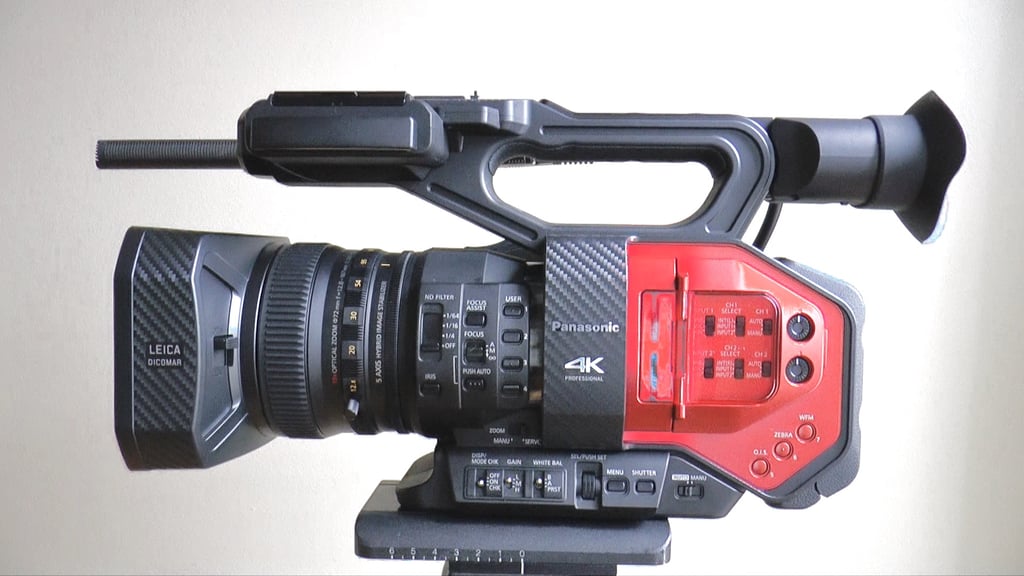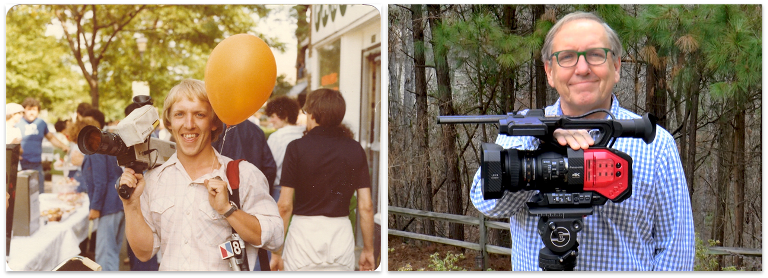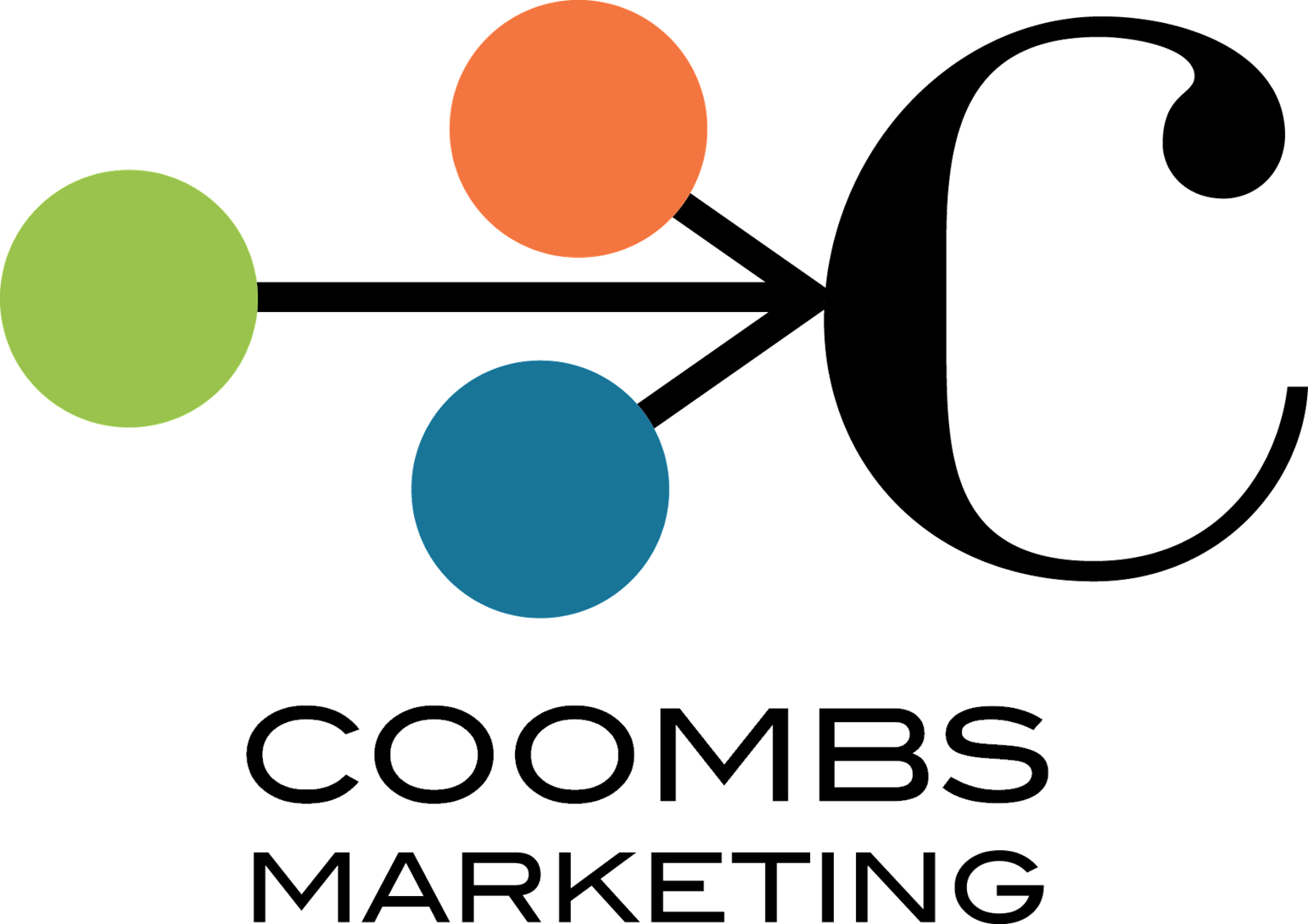Now we have a new high end video camera. It’s a Panasonic DVX-200 with a Four Thirds sensor and 12 stops of dynamic range. It shoots at 4K and Ultra High Definition resolutions. (See me chest beating and grunting….oh oh oh…..)

Me. And the new Panasonic DVX-200
Why does it matter?
After all, your cell phone camera records some pretty nice looking video… right?
First…when you hire me, or any video producer, you should look for the ability to provide practical solutions and value proposition storytelling. That usually comes from a broad experience, a palette of video techniques and formats to draw from. Figuring out the best way to accomplish your business goals, on your budget, is the first priority.
And then, hire me for the new camera.
Because… “Better pictures.”

Briefly, here’s why the camera matters.
4K and Ultra High Definition
This is probably the most obvious point. 4K is a much more detailed picture. 4k looks great on a huge 4K monitor or projected at an event. And while 4K (and the monstrously huge files that go with it) might be over kill for projects that will only ever “live” in a small format, streaming on a website, there ARE other important, if less obvious advantages to shooting in 4k, or even Ultra High Def. One is “future proofing” your project. Another is the ability to crop or zoom, on the image, in editing, and still have an acceptable high definition quality image.
Annnnnd.....shooting "only" HIgh Def with this camara is beautiful, and cost effective. Because....
Field of Focus: The DSLR “look” The lens and sensor combination
In photography and video what is “in focus” can be very variable.
A photographer/videographer who understands the physics of light and lens's can manipulate what is in focus AND how wide the field of focus is. For decades still photographers with film SLR’s and good matched lens’s, have been good at manipulating focus. And while we don’t use film anymore, the physics of light and lens’s has not changed and “focus” still works like it did in the time of the caveman.
So over the last decade, top Digital SLR’s have came equipped to record nice looking video. These "still camera first" cameras have lens's and sensors that are matched to manage field of focus creatively. So when they shoot video, the focus look and manipulation is the same.
For example, the person on-camera will be sharp, in focus, but the background behind them is very soft and out of focus. Or, a beautiful close up of a flower in the center of the screen is totally sharp and clear, but the other colorful flowers and greens around it are softly out of focus.

A still frame from my test DVX 200 video.
I’ve been asked specifically by customers for “the DSLR” look and have shot projects with DSLRs.
But DSLR’s are primarily designed for still photography. The idea that they can produce nice video is a bonus, but not the camera’s primary design intent. (Frankly the ergonomics make them a pain in the ass to work with.) Typically they don’t have motorized zooms, and they have very limited ability to record audio.
So, how do you get the DSLR look with a video camera? That’s what the DVX 200 was designed to do.
The large video sensor size and the lens are specifically engineered to provide this soft focus DSLR “look", while actually being a video camera with the ergonomic and audio advantages that brings.
Color Grading Ability
With a sophisticated camera that can shoot 4K (or high def) you also get a plethora of advanced settings and technology. These controls ( VLOG-L mode, Detail Coring, Knee Ape Level, Chroma Level and Phase, Black Gamma, Master Pedestal, Knee Mode, Master Point and Slope... and also "the framus" ;-) allow recording, and more easily processing, the digital video files to uniquely manipulate the color, and ranges of contrast.
It gets a little geeky here for the non-video person, but… color is hugely psychological. The ability to control the color in the final product is crucial. And with this new camera my ability to manipulate color has increased exponentially. Want the skin tones of the CEO to be a little warmer? I can do that. Want the sign in the picture with your green logo to exactly match your print PMS color? I can do that. Basically, I can manipulate individual colors. It’s called color “correction” but more often it’s a creative exercise in “painting” to get the color feel you want.
Contrast-Dynamic Range
Contrast is another important issue for the look and feel of your end video product.
For most of my early career I was a soldier in, and survived the great “Film vrs. Video” wars. I learned the craft in Rochester NY, THE home of Kodak, where high end film and film makers ruled.
And the reality was that for a very long time “film” provided a much wider range of contrast, and better color. And the guys “doing film” were pretty sophisticated artists and craftsman. You had to be to good to get good results. And customers paid for it.
Those days are mostly gone. Today, digital video technology rules with the ability to accurately represent more nuance and detail in color and contrast available to more people.
But the craftsmanship needed for producing “pretty pictures”, and the psychology of viewing “pretty” pictures, has not changed.
Without getting into questions like color bit depth and megabits per second, frame rate and scan rate, just believe me: the number of “steps” and the colors and contrast available in every video frame, from the blackest blacks to the whitest whites now rivals or exceeds good old high end film.
My new camera has amazing in camera video processing that provides a really nice “look” easily.
And let me seriously geek out here:
Still better, it provides a very high end mode that allows shooting and recording essentially raw video with no camera processing and a completely different algorithmic and more detailed way to describe the video image. (VLOG-L)
The resulting video files actually look a little weird right out of the camera.

The image must be post processed and the colors “corrected” with specialized “look up tables” (LUT’s).
But the visual “data” about contrast and color is “bigger” and more complete.
The result, with "color correction" is broader dynamic range, or more “steps” from the blackest blacks to the brightest whites. And with that dynamic range, more ability to manipulate individual steps of color in editing.

The results of my first tests with this very highend approach have been great. Really pretty pictures!
(So when you hire me for your Hollywood movie….)
Frame Rate
For a century, standard motion picture film was shot at a frame rate of 24 frames per second. When video came along, it worked on a 30 frame per second basis. It’s more technically complicated than this but… 24 frames per second looks like film, and 30 looks like video. Just trust me here.
My new DVX 200 camera allows me to easily choose “frame rate” from 24 to 30 to 60 and 120. Again, it’s more complicated than stated here but… it allows another way to choose the look that will be right for your project and message.
Your project can have the color grading and dynamic range of “cinema” or it can have the sharper, higher contrast look like the television broadcast of a live NFL game. Or something in between.
There is no right or wrong. Just what is right for your storytelling and business goal.
Audio
One other quick but important note:
A big work flowl problem when shooting with DSLR’s is that they are NOT really video cameras. So they don’t do a good job with audio. They don’t have professional audio XLR connectors. And they don’t provide “phantom” power for using high end microphones.
By contrast my new DVC 200 is made to be a video (and audio) camera with great XLR audio connectors for multiple highend microphones on separate channels and even a bit of in camera low end EQ filtering.
Audio matters.
So, does the camera matter?
(Now that I have a great camera… of course!)
“Story telling” and message, and emotion matter most. Truly accomplishing your business communications goal matters most.
But the bar for imagery is now set very, very high.
Viewers are "experts" at watching and they sub-consciously KNOW quality. Highend images subliminally, but clearly, send a quality message. Even for small business. ESPEACIALLY for small business.
As soon as high quality imagery matters to your message…
...then the camera AND the person operating it, and producing your video, make all the difference.

Check out the videos we made with "the old camera" at http://www.coombsmarketing.com/video-everywhere


